Aortic aneurysm
Small aortic aneurysms may be managed with healthy lifestyle changes. Aortic aneurysms can occur anywhere in the aorta and may be tube-shaped fusiform or round saccular.
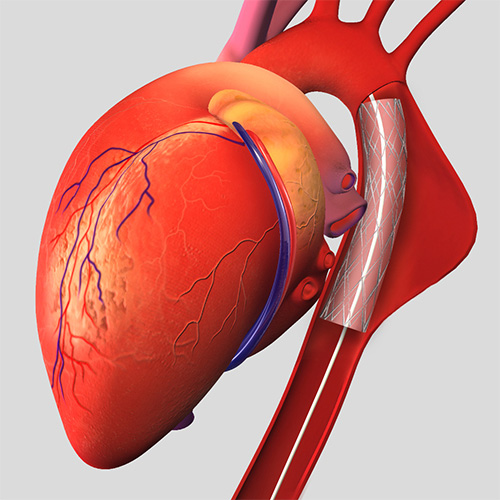
Thoracic Aortic Aneurysm Sydney Endovascular Aneurysm Repair Sydney
Web Difficulty breathing if it pushes on your trachea or windpipe.
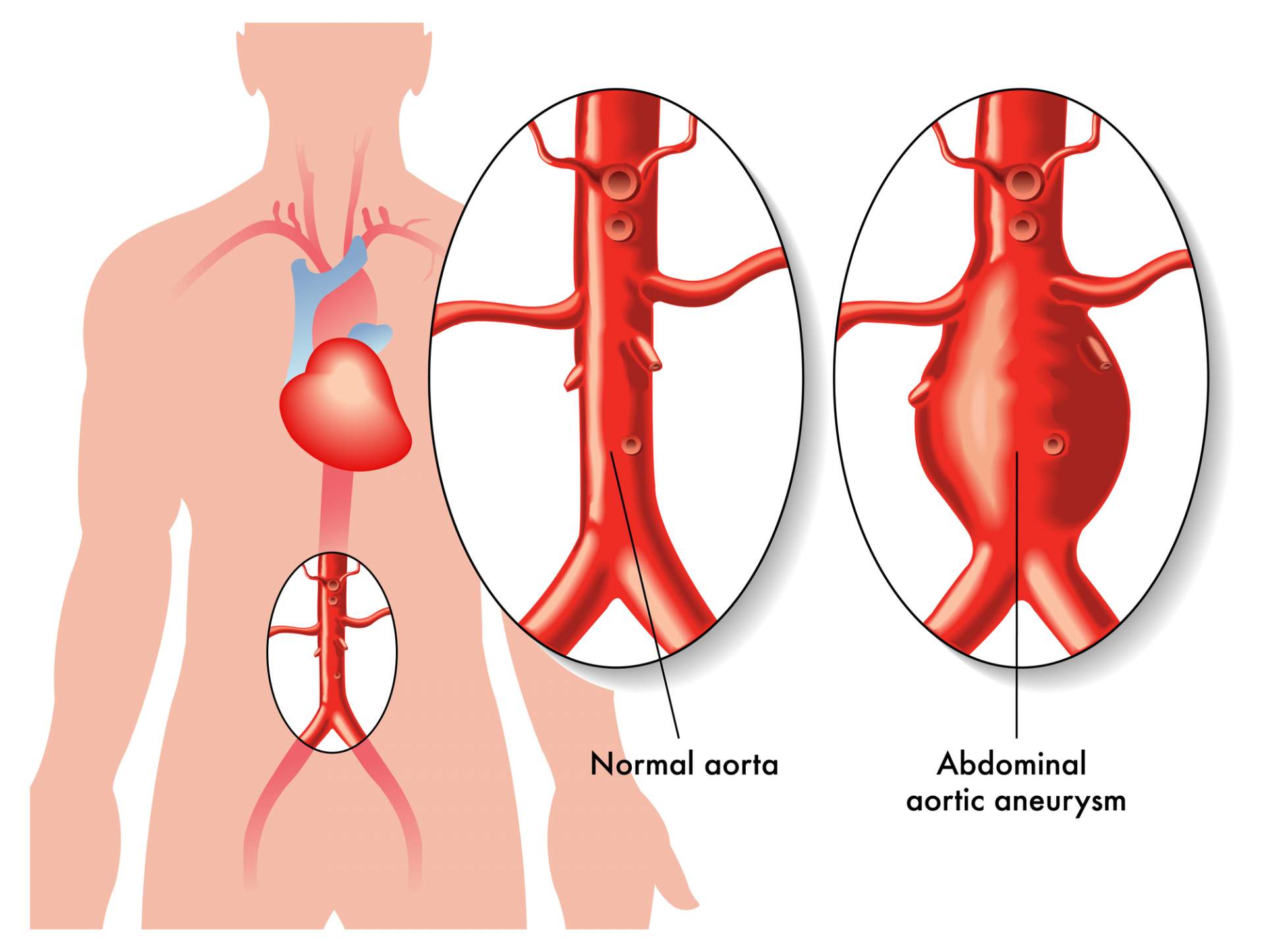
. Learn more about aneurysms. Web An aortic aneurysm is a bulge that occurs in the wall of the major blood vessel aorta that carries blood from the heart to the body. Smoking is the strongest risk factor for aortic aneurysms.
2 Occasionally there may be abdominal back or leg pain. Swelling of your arms neck or face. Treatment for your aortic aneurysm will depend on its size location and the factors that put you at risk.
An abdominal aortic aneurysm. Pain in the neck jaw back chest stomach area or shoulder depending on where the aneurysm is located. Feeling full even after a small meal.
Some people are born with them. Painful or difficult swallowing. Web An aortic aneurysm is an enlargement dilatation of the aorta to greater than 15 times normal size.
The goal is to slow the growth of the aneurysm and lower the chance of rupture or dissection. Web As with a thoracic aortic aneurysm your doctor can sometimes detect an abdominal aortic aneurysm during a routine exam. Aortic aneurysms can dissect or rupture.
Feeling full after not eating very much. Shortness of breath if the aneurysm presses on your lung. Smoking can weaken the walls of the aorta increasing the risk of aortic aneurysm and aneurysm rupture.
3 The prevalence of abdominal aortic aneurysm AAA has been reported to range from 2 to 12 and is found in about 8 of. Aortic disease or an injury may also cause an aneurysm. Web An aneurysm occurs when part of an artery wall weakens allowing it to abnormally balloon out or widen.
Web As an aortic aneurysm grows you might notice symptoms including. Your healthcare provider may treat other. Pain wherever the aneurysm is growing could be in your neck back chest or abdomen.
Web Abdominal aortic aneurysm risk factors include. Web Possible surgical risks. Difficulty breathing or shortness of breath.
Web An aortic aneurysm is a balloon-like bulge in the aorta the large artery that carries blood from the heart through the chest and torso. They can also be hereditary. The force of blood pumping can split the layers of the artery wall allowing blood to leak in between them.
1 They usually cause no symptoms except when ruptured. The longer and more you smoke or chew tobacco the greater the chances of developing an aortic aneurysm. They might suggest an ultrasound screening too especially if you are a.
Web 1 day agoAn aortic aneurysm is a bulge in the aorta the large artery that carries blood from the heart through the chest and torso according to the US Centers for Disease Control and Prevention. This process is called a dissection. The causes of aneurysms are sometimes unknown.
A pulsating or throbbing feeling in your stomach area.
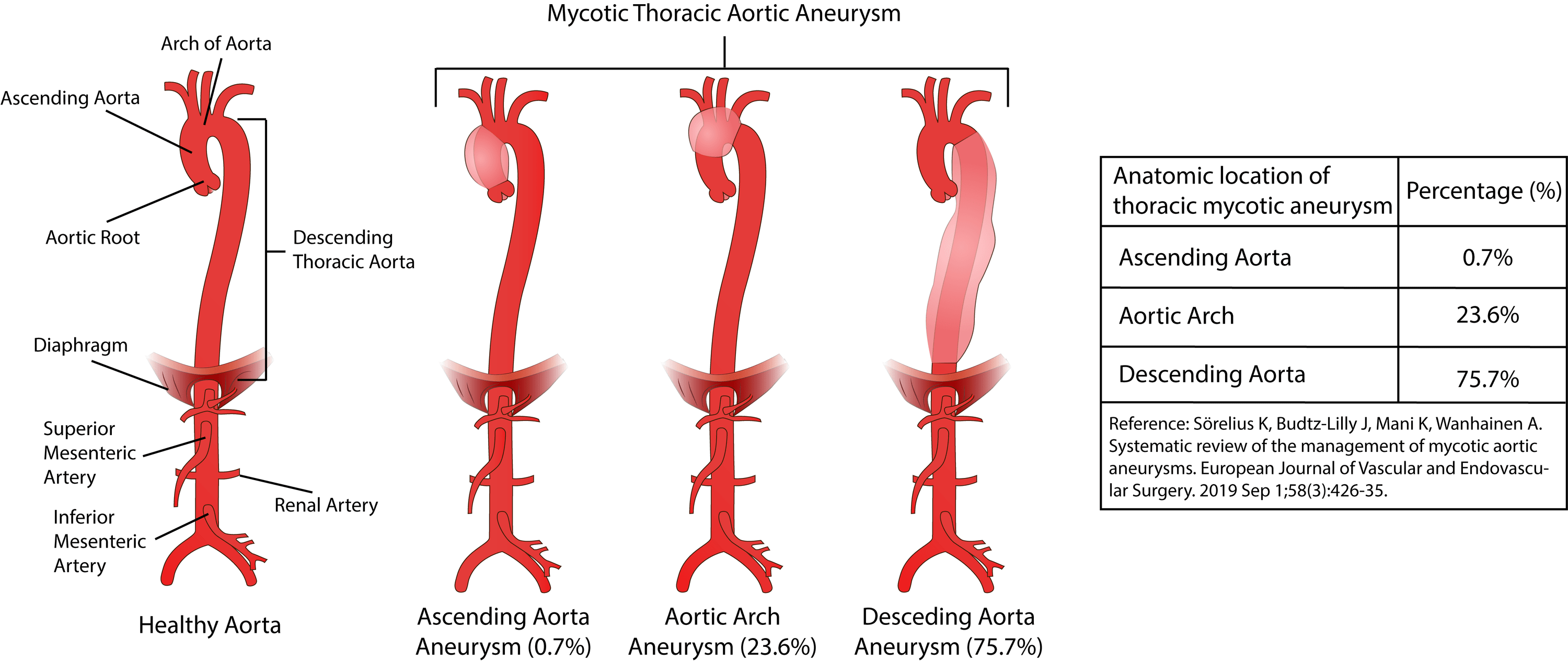
Cureus Mycotic Thoracic Aortic Aneurysm Epidemiology Pathophysiology Diagnosis And Management

Aortic Aneurysm Wikipedia

Aortic Aneurysm Healthdirect

Thoracic Aortic Aneurysm Frankel Cardiovascular Center Michigan Medicine

Abdominal Aortic Aneurysm The Triple A To Avoid

Aortic Stiffness Central Blood Pressure And Pulsatile Arterial Load Predict Future Thoracic Aortic Aneurysm Expansion Hypertension
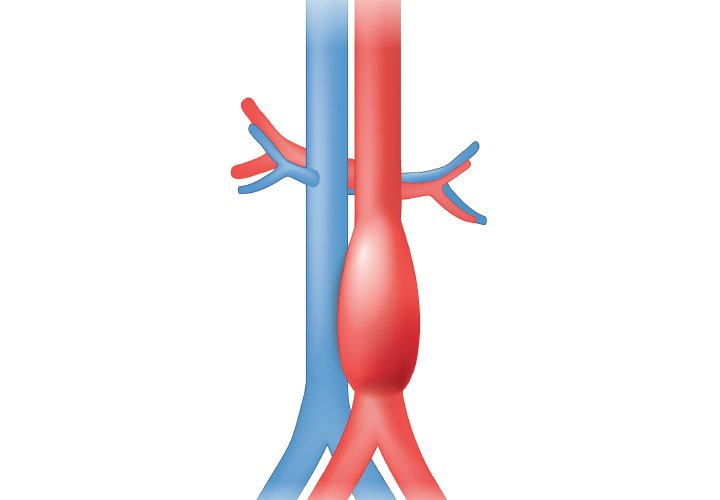
Abdominal Aortic Aneurysm Are You At Risk What S Up Media
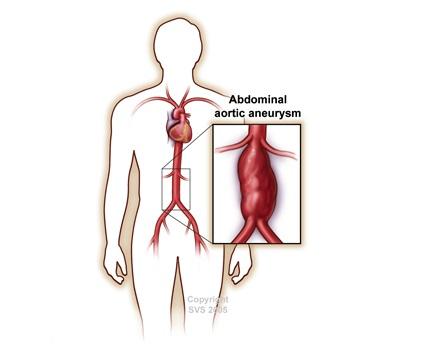
Abdominal Aortic Aneurysm Society For Vascular Surgery

Familial Thoracic Aortic Aneurysm And Dissection Medlineplus Genetics
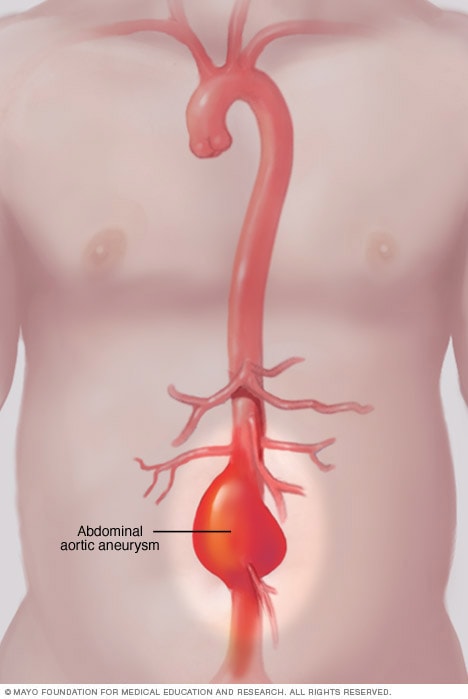
Abdominal Aortic Aneurysm Symptoms And Causes Mayo Clinic
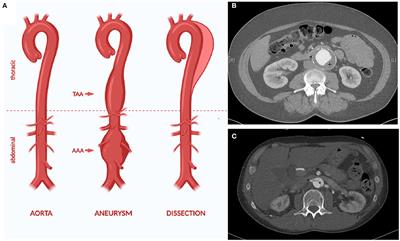
Frontiers Inflammasome Targeted Therapy As Novel Treatment Option For Aortic Aneurysms And Dissections A Systematic Review Of The Preclinical Evidence
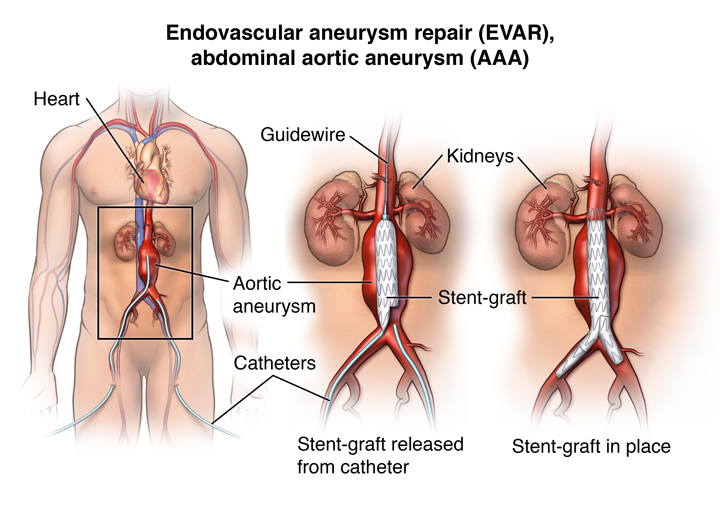
Abdominal Aortic Aneurysm

Ascending Aortic Aneurysm Repair Surgery And Size Criteria
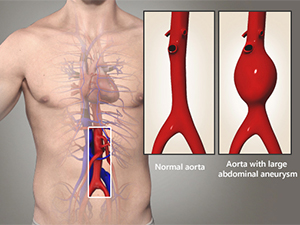
Abdominal Aortic Aneurysm Endovascular Repair Treatment Sydney

Thoracic Aortic Aneurysm Newport Cardiac Thoracic Surgery

Abdominal Aortic Aneurysm Medlineplus Medical Encyclopedia
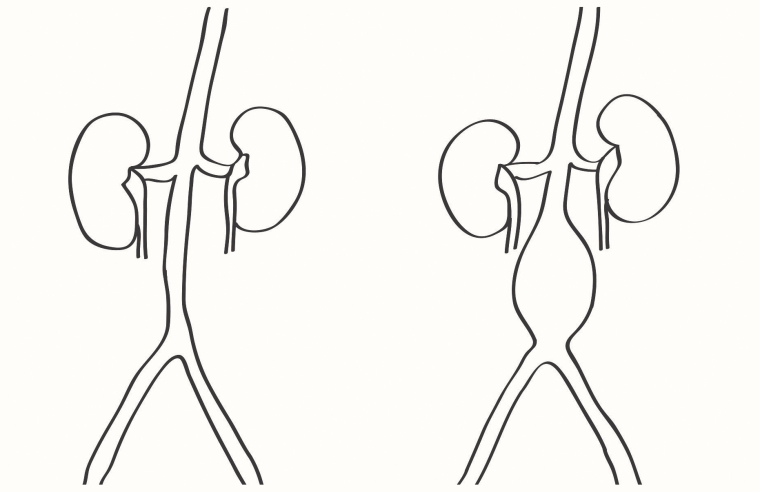
The Abdominal Aortic Artery Aneurysm And Cardiovascular Risk Factors